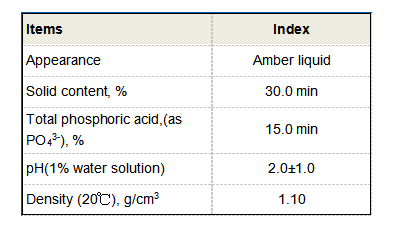pam chemical water treatment
Pam Chemical Water Treatment An Overview
Water treatment is a critical process that ensures the safety and quality of water for various uses, including drinking, industrial applications, and agricultural purposes. One of the chemicals that has gained significant attention in water treatment processes is Polyacrylamide (PAM). This article explores the role of PAM in chemical water treatment, its benefits, applications, and some precautions that users should consider.
Pam Chemical Water Treatment An Overview
One of the most significant benefits of using PAM in water treatment is its effectiveness in minimizing turbidity. Turbidity, a measure of the cloudiness or haziness of water caused by suspended particles, can hinder water quality and affect aquatic life. By promoting the settling of these particles, PAM helps achieve lower turbidity levels in treated water, which is essential for meeting environmental and health standards.
pam chemical water treatment

Additionally, PAM is widely used in wastewater treatment, where it plays a crucial role in the removal of organic and inorganic compounds from industrial effluents. It enhances the efficiency of processes such as coagulation and sedimentation, leading to the production of treated water that can be safely discharged or reused. Its ability to improve the quality of wastewater helps industries comply with regulatory requirements and minimizes their environmental impact.
PAM is also employed in agricultural water management, particularly in irrigation practices. By increasing soil moisture retention and reducing erosion, PAM enhances water efficiency in crops and can lead to substantial water conservation.
While PAM presents numerous advantages, it is essential for users to follow proper safety guidelines when handling this chemical. It is recommended to use protective equipment, as skin contact or inhalation of PAM dust can pose health risks. Additionally, the concentration and application method should be carefully calculated to avoid potential negative effects on aquatic ecosystems.
In summary, PAM is a critical player in the field of chemical water treatment, offering numerous benefits for improving water quality, enhancing wastewater treatment efficiency, and promoting sustainable agricultural practices. As the global demand for clean water continues to rise, the role of innovative chemicals like PAM will be pivotal in addressing the challenges of water treatment and management. Proper use and adherence to safety protocols will ensure that PAM remains a valuable tool in achieving cleaner, safer water for all.
-
LK-319 Special Scale And Corrosion Inhibitor For Steel Plants: Advanced Solutions for Industrial Water SystemsNewsAug.22,2025
-
Flocculant Water Treatment: Essential Chemical Solutions for Purification ProcessesNewsAug.22,2025
-
Isothiazolinones: Versatile Microbial Control Agents for Industrial and Consumer ApplicationsNewsAug.22,2025
-
Scale Inhibitor: Key Solutions for Water System Scale PreventionNewsAug.22,2025
-
Organophosphonates: Versatile Scale Inhibitors for Industrial Water SystemsNewsAug.22,2025
-
Scale and Corrosion Inhibitor: Essential Chemical Solutions for Water System MaintenanceNewsAug.22,2025





